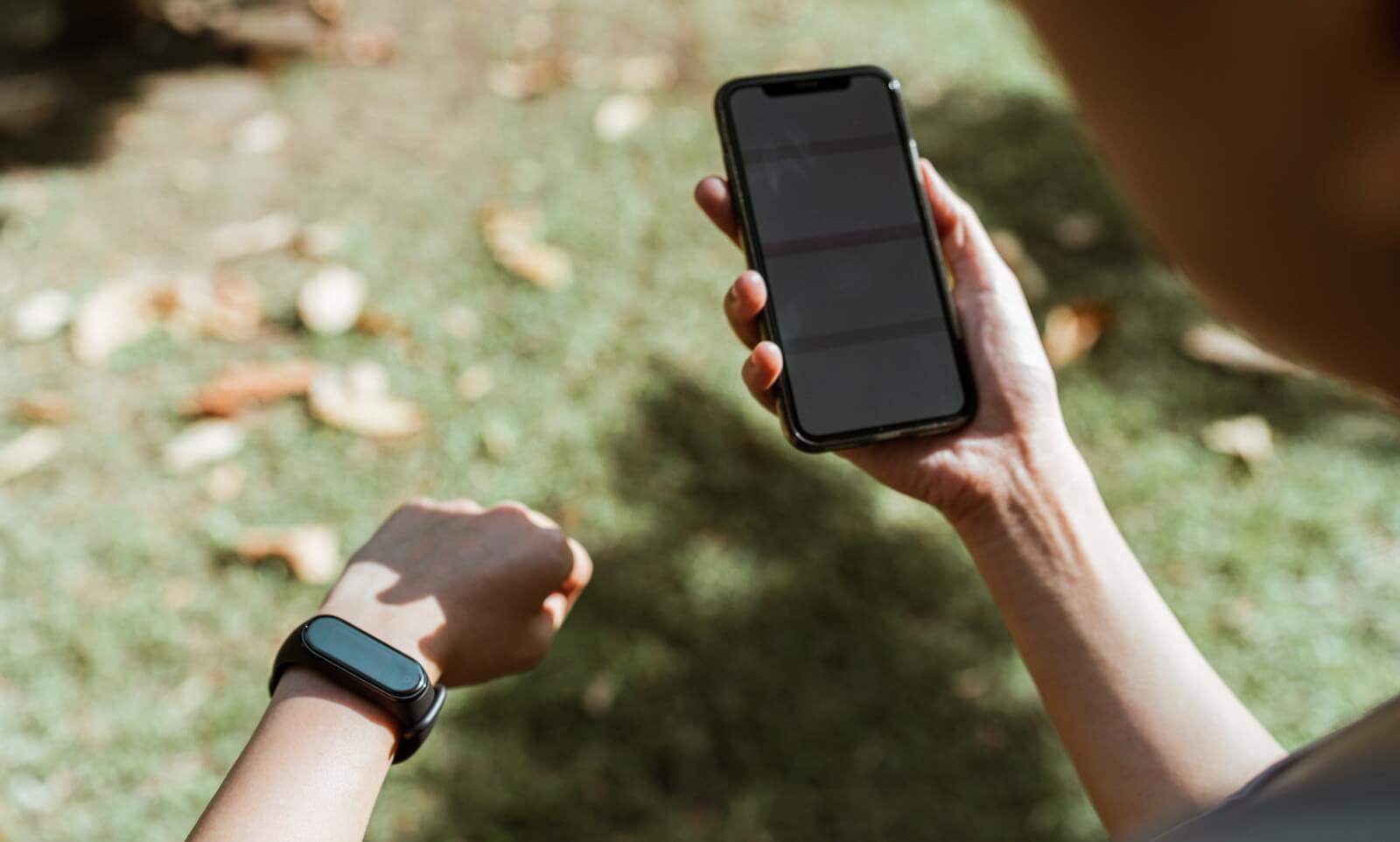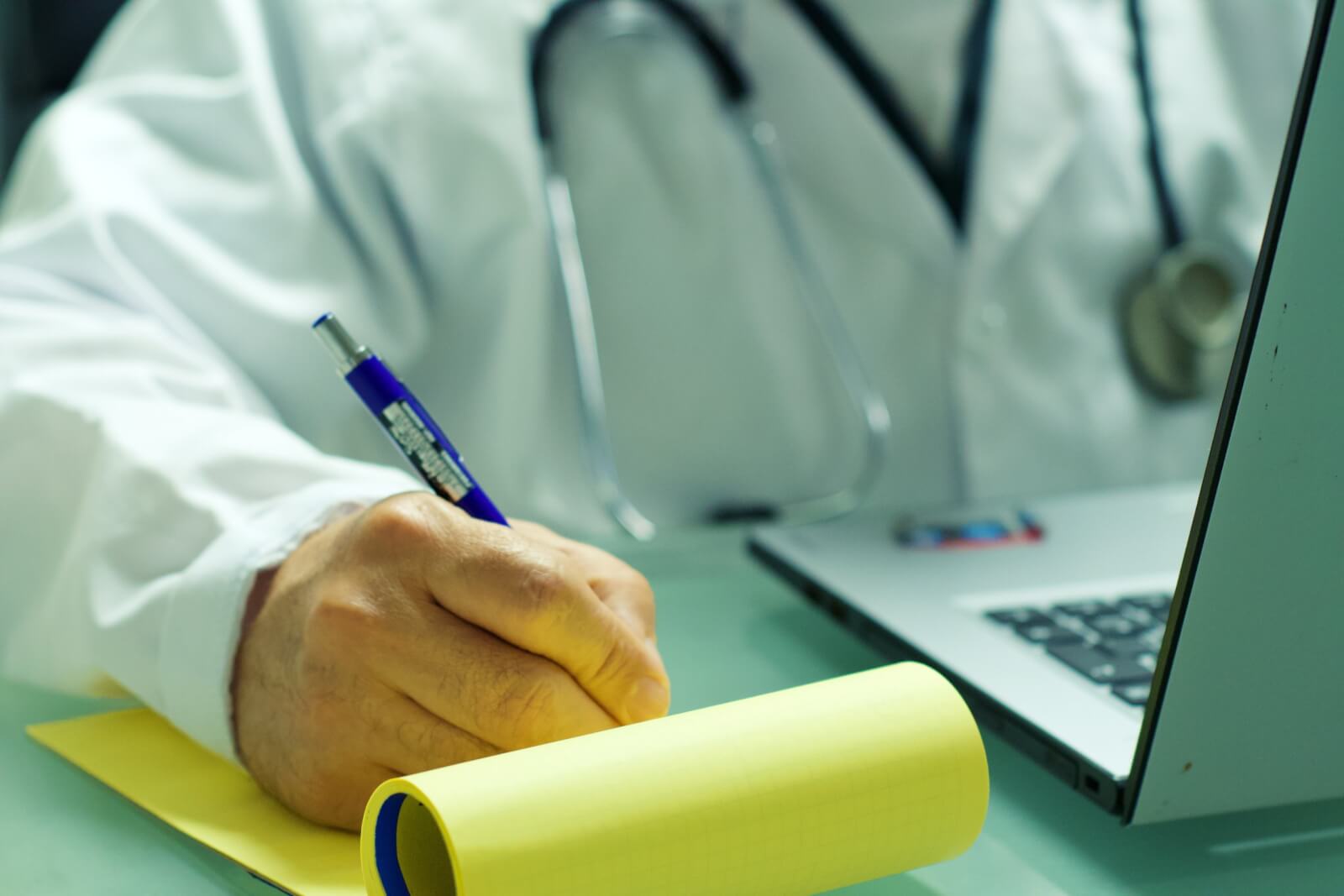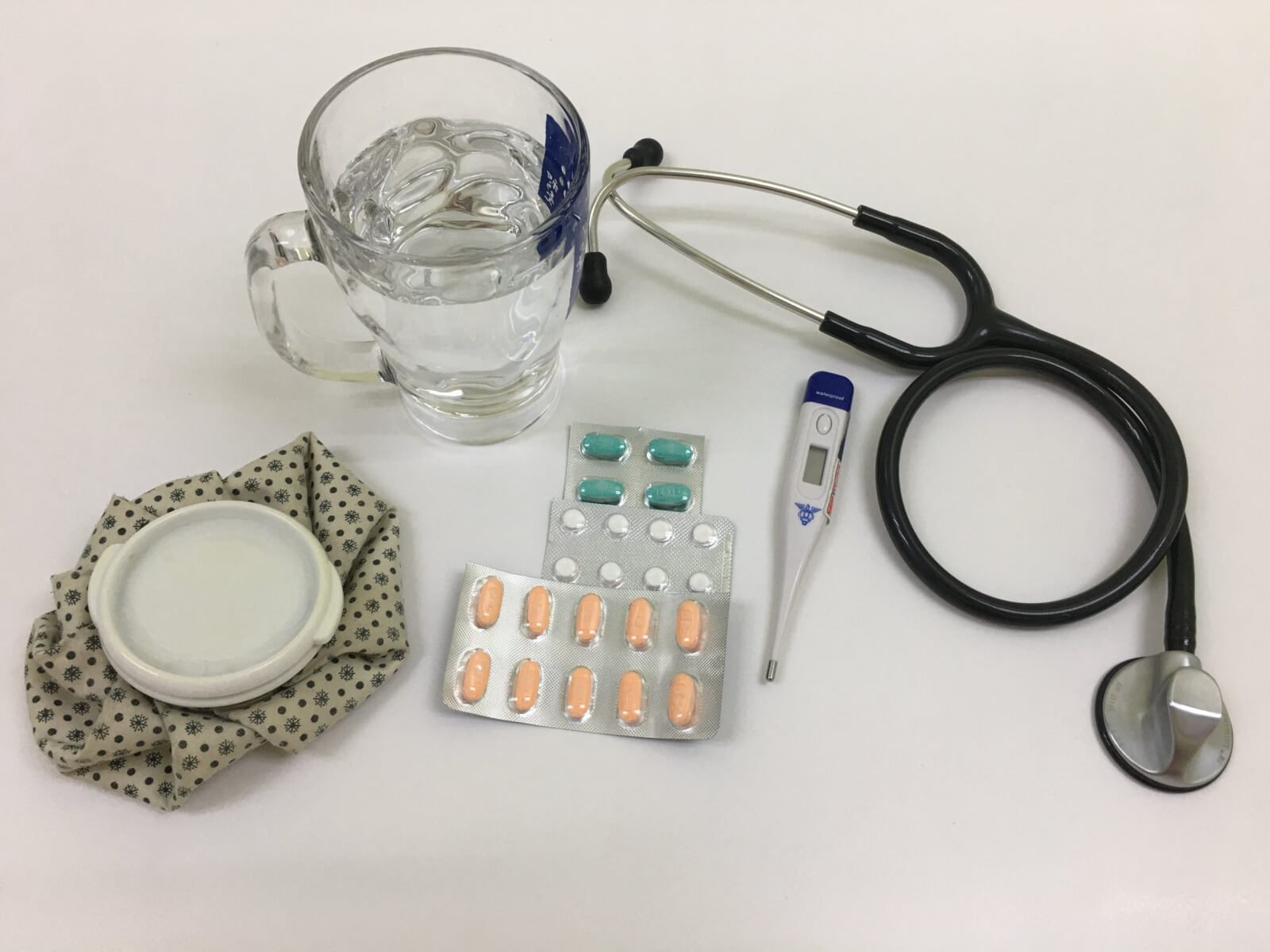
Are you ready for a healthier, brighter future? Well, wait no longer—healthcare mobile apps are already disrupting and improving how patients receive care. Let’s take a look at how they’re doing this.
Streamlining Patient-Doctor Coordination
The status quo of doctor appointments is an arduous, time-consuming process. For many Americans, it goes something like this:
You’ve realized you have a number of worrisome symptoms. So you set up an appointment with your primary care physician. If the doctor evaluates you and finds that it’s something serious, he or she will then refer you to a specialist under your plan’s coverage network. If you happen to be with a preferred provider organization (PPO), then it may be possible to bypass the first appointment and go straight to the specialist.
Still, either way you approach this situation, that’s a lot of time to commit without getting any results right away. Medical apps like the Isabel Symptom Checker are revamping this process by letting you access services previously only privy to medical professionals.
Essentially, self-diagnosis tools like these allow you to research and find the potential cause of your symptoms from just a few simple taps and swipes. In turn, you can then bring these results and insights to your doctor to expedite your consultation.
Not only does this do away with the usual trial-and-error approach employed for diagnoses, but it also gives you and your doctor a clearer perspective on the next steps to take in your treatment.
Healthcare Mobile Apps Make Health Management Easier
It’s not unusual for patients to leave the doctor’s office and feel overwhelmed. After all, by this point, they’ve usually been bombarded with a ton of information and are walking out the door with a mountain of papers. With that being said, it’s easy to see how it can be difficult for people to remember what they’re actually supposed to do to take care of themselves.
Medical apps help remove confusion from this equation by managing the subtle but important details. They can act as the central hub for patients to check in and stay aligned with their care plan. They also open the possibility for doctors to check up on progress and tailor the plan accordingly.
Factors like medication management, treatment side effect monitoring, and accurate data recording are all simplified by healthcare mobility solutions. And everyone can benefit. To see this in action, look no further than rural America. 60 million Americans live in rural areas—that’s 20% of the country’s total population.

For these citizens, face-to-face visits with doctors can be challenging. But with telehealth and remote monitoring apps, everything from exams, test results, follow-ups, and medication changes can be done virtually. So even if you’re in San Francisco and your doctor happens to be in New York City, you’re one tap away from being in touch.
Case in point: Kardia is an FDA-approved ECG app that allows patients to monitor their heart health. It also gives doctors easy access to these data records so they know exactly what’s going on and what must be done to keep progress moving forward. By aligning patients and doctors on important issues regarding one of their most vital organs, neither party misses a beat.
Making Healthcare More Cost Effective
It’s no secret that a trip to the doctor or hospital can be costly. In fact, the average cost of a one-night stay in a U.S. hospital is $4,300. But how can healthcare mobile apps help?
As we’ve already discussed, telehealth and self-diagnosis apps are already driving down expenses by streamlining or completely replacing the need for in-person consultations. But that’s really just the tip of the iceberg.
Many medical apps are taking a pre-emptive approach to healthcare. By efficiently tracking and monitoring a person’s condition, healthcare mobility solutions could alert someone that their health is deteriorating long before an ailment necessitates a trip to the doctor. Not only would this save the patient some money, but it would also save everyone involved some immense time and effort.
A great example of this is Dr. Now, a UK-based medical app that connects patients with their physicians through a video consultation. Essentially, Dr. Now helps prevent sick days through early diagnosis and recommended treatment. As a result, both users and the companies they work for benefit by saving time and money. Currently, staff sickness costs the average company about $781.
In 2014, one in six doctor visits were already virtual. It’s estimated that these remote appointments saved a total of approximately $5 billion during this year alone. Since then, the ratio of virtual visits has surely grown. Imagine what the savings are today.
Mobile Apps Are Just What the Doctor Ordered
Elegant solutions to longstanding problems are emerging every day from the healthcare mobility industry. They’re helping to improve patient-provider engagement and alignment, which in turn is producing better outcomes for all stakeholders involved.

But this is really just the beginning. Eventually, medical apps will play an essential role in every modern medical ecosystem. Whether it’s remote patient monitoring, care plan management, or medication adherence, it won’t be long before we all use a healthcare app and realize the profound benefits they offer.
With that being said, let’s return to the original question of this post: Are you ready for a healthier, brighter future?





